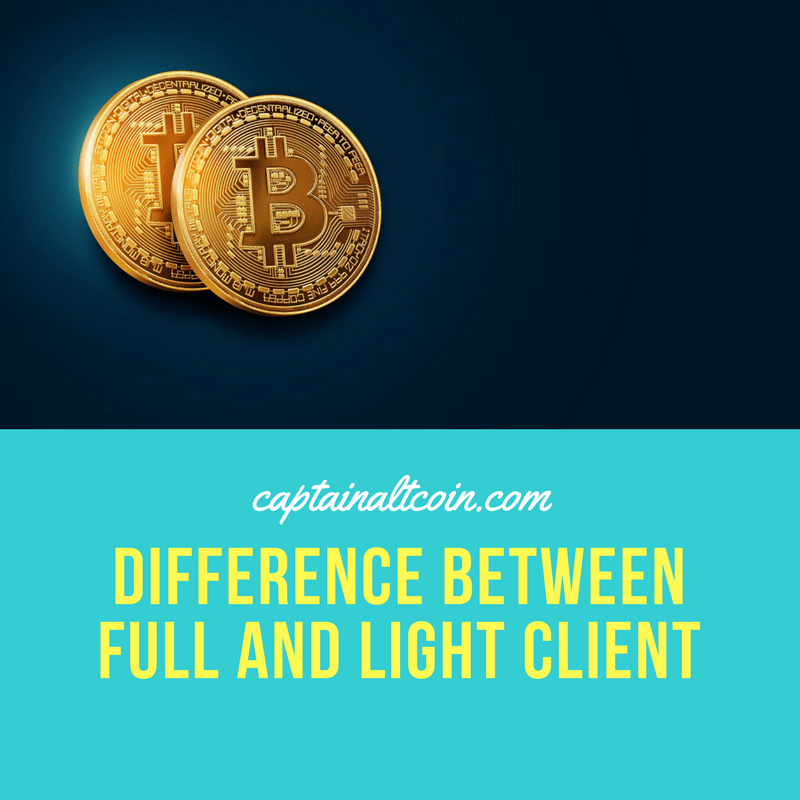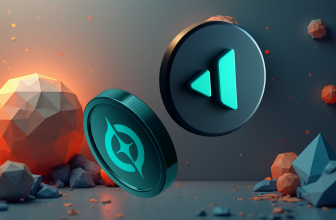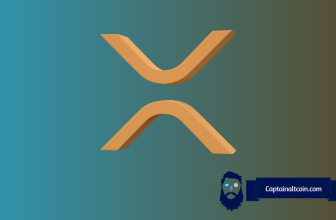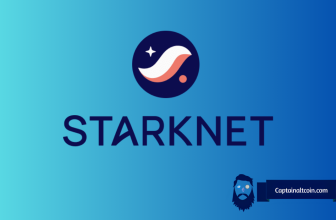
So, you’re just getting into crypto for the first time, and you are looking for the easiest way to start, right? Downloading the entire blockchain may seem like a daunting task because this means downloading every transaction that has ever taken place with Bitcoins. This not only can take up a lot of memory, but it can also be a painstaking and frustratingly slow process. Fortunately you have other options! In this article I will explain the differences between a full node and a light client!
Full node vs light node explained
A node is any computer that connects to the blockchain network, for instance, any computer connected to the Bitcoin network can be regarded as a Bitcoin node. A full node is a node that fully enforces all of the rules of the blockchain, while a light client (also known as lightweight node) is referencing a trusted full node’s copy of the blockchain. This means that you can transact on the blockchain without downloading an entire copy of the blockchain. It’s important to note that this is no small file because the entire history of blockchain must be downloaded. For example, the Bitcoin blockchain is now a 27GB file since it must be synced between the network’s 6000 plus nodes.
Obviously, a full node isn’t really an option for everybody, because there are many people who don’t have that kind of memory or processing power (that’s the reason why a full node is best left to service providers, miners and developers). Instead you’re probably going to use light clients, because they verify transactions using a method called simplified payment verification (SPV), which allows a node to verify if a transaction has been included in a block, without having to download the entire blockchain. Mobile wallets are almost always light clients, since most cell phones don’t have enough memory to run a full node. It’s important to note that downloadable light clients are available for computers as well.
👉 Light clients allow the end user to interact with the bitcoin blockchain and to make and confirm transactions without committing the disk space. However, there are some benefits from running a full node too. An important characteristic of full nodes is that they are trustless. This means that they will reject any block or transaction that violates consensus rules, even if every other node on the network thinks that it is valid. Full nodes help process or validate transactions.
That’s why those who are interested in mining will most likely have to be using a full node. Full nodes also contribute to the functionality of a network, and the more full nodes that are operating within the network, the more trustless and decentralized the system becomes.
Those who are beginners should definitely get acclimated with a light client because it’s just going to make your life easier. Once you become more experienced, you can switch to a full node. Full nodes are the backbone of the network. They are tasked with routing, mining, and providing wallet services and can also independently verify transactions. Light clients, on the other hand, allow great accessibility and ease of use.
One more thing worth noting about light node vs full node is that the relationship between full nodes and light clients exists because if it did not, then light clients would not be able to connect to the crypto network. This might lead them to use a centralized service instead.









Nice explanation! I’ve recently read a related article, explaining the difference between Light wallets and Full Node wallets. Here it is, I hope it will help someone as it helped me https://medium.com/@guarda/light-wallet-is-it-a-new-thing-3127321b80c1